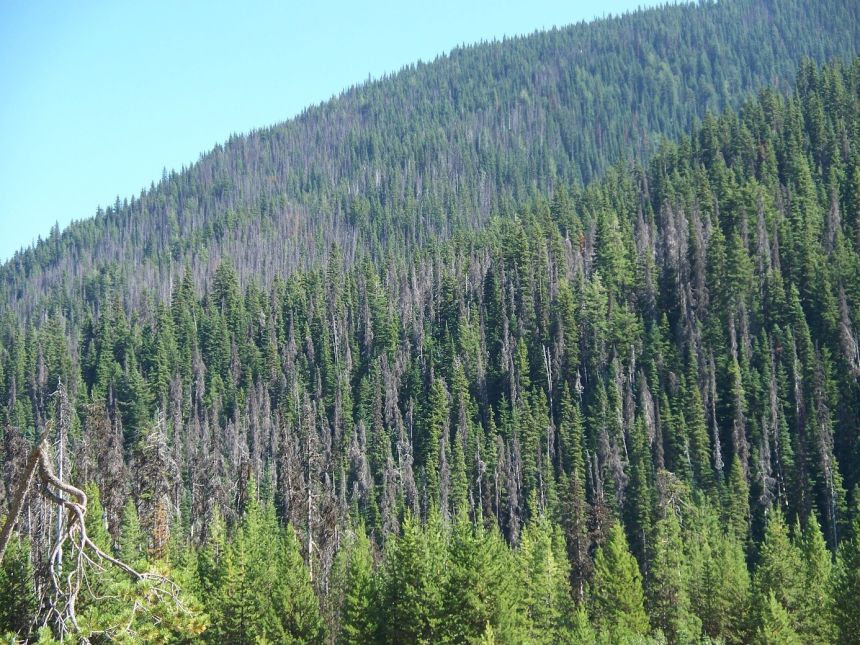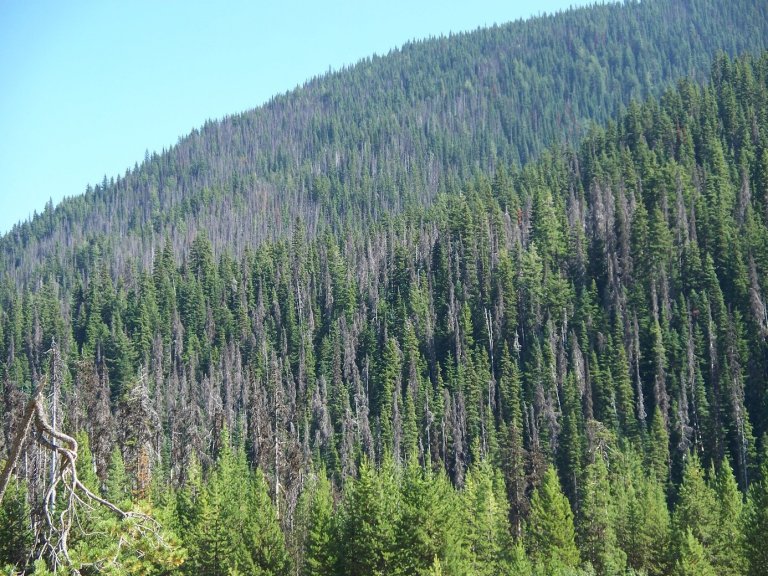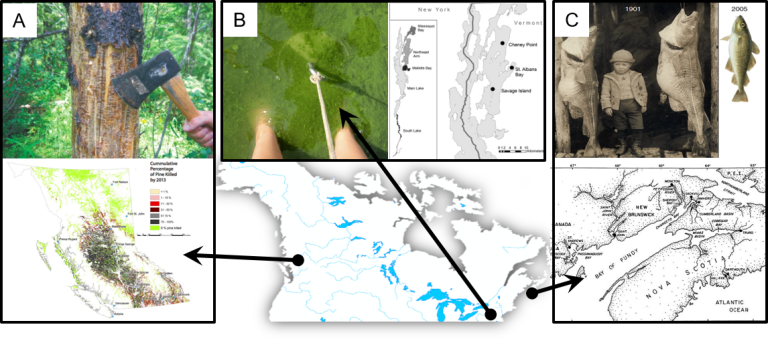
Destructive insect outbreaks and cod collapse: Why didn’t the management measures help?
- There are two major challenges that face ecologists and ecosystem managers today: Understanding what drives unexpected shifts in ecosystems, and understanding what limits the effectiveness of management measures, says researcher Karen Filbee-Dexter at the Norwegian Institute for Water Research (NIVA).
In cooperation with researcher Celia Symons from University of California, Santa Cruz, she has applied a special framework to assess three cases of unexpected ecological shifts, in order to reveal which drivers, social or ecological, were contributing the most to the ecosystem shifts. The three cases were a destructive insect outbreak in British Colombia forests; persistent water quality loss in Lake Champlain south of Montréal; and a collapse of the cod fishery in Atlantic Canada’s. The results were published in the scientific journal Journal of Applied Ecology.

According to Filbee-Dexter, incorporating human systems into research on natural systems is a key challenge for understanding sudden changes in ecosystems.
- Combining research on social systems and natural dynamics is essential if we are to find solutions to urgent environmental problems in a rapidly changing world, the NIVA researcher says.
Integrating ecological and social data
In their study, Filbee-Dexter and Symons applied the so-called socioecological system framework, or SES framework, which is developed by economist Elinor Ostrom. The framework expands the traditional focus from ecosystems or social systems alone to include interactions within a larger “socioecological system”. The socioecological system integrates both ecological and social data, including data on climate, species interactions, restrictions, quotas, harvesting, and managed resources.
In this study, the components of the three socioecological systems (cod, forest and lake) were categorized into multiple variables which describe the system, and the relative importance of each variable in driving changes in the resource of interest was then quantified using statistical technique called a structural equation model.
- Using this method enables researchers to assess the relative importance of the social and ecological drivers. This will be a very useful tool for ecosystem managers to understand what drives changes in natural systems in the future, says Filbee-Dexter.
Systems mismatch
A main problem identified by the study was that management strategies don’t reflect the spatial and temporal scales of ecological processes. They are too short term and too localized. This mismatch reduces the effectiveness of management actions and applies particularly to sudden ecosystems collapse, like the three case studies examined by Filbee-Dexter and Symon.
- Ecological shifts, or ecological surprises, occur when an ecosystem is pushed past a tipping point, and the ecosystem settles with new or changed ecosystem dynamics. This was the case in the three case studies we examined. The new ecosystem dynamics usually don’t harmonize with human expectations or predictions for ecosystem behaviour, and the effects of management actions and regulations will be limited, explains Filbee-Dexter. This is concerning considering the major environmental challenges we are currently facing.
- Therefore, management strategies should shift from the focus of adding or removing single resources towards solutions that influence the broader ecosystem, Filbee-Dexter says.

No silver bullet
Applying Ostrom’s SES-framework enables the researchers to compare ecosystems directly and to reveal what is general among different socioecological systems, and what is special for each case. Yet, Ostrom’s framework is not the answer to all ecosystem challenges, Filbee-Dexter cautions.
- SES-modelling may not provide a “silver bullet” for many current sustainability challenges. But the analytical method of applying Ostrom’s SES-framework and structural equation models has the potential to inform managers about which management solutions are the most effective and responsive for specific ecosystems, and may help navigating events of future ecological surprises, Karen Filbee-Dexter concludes.